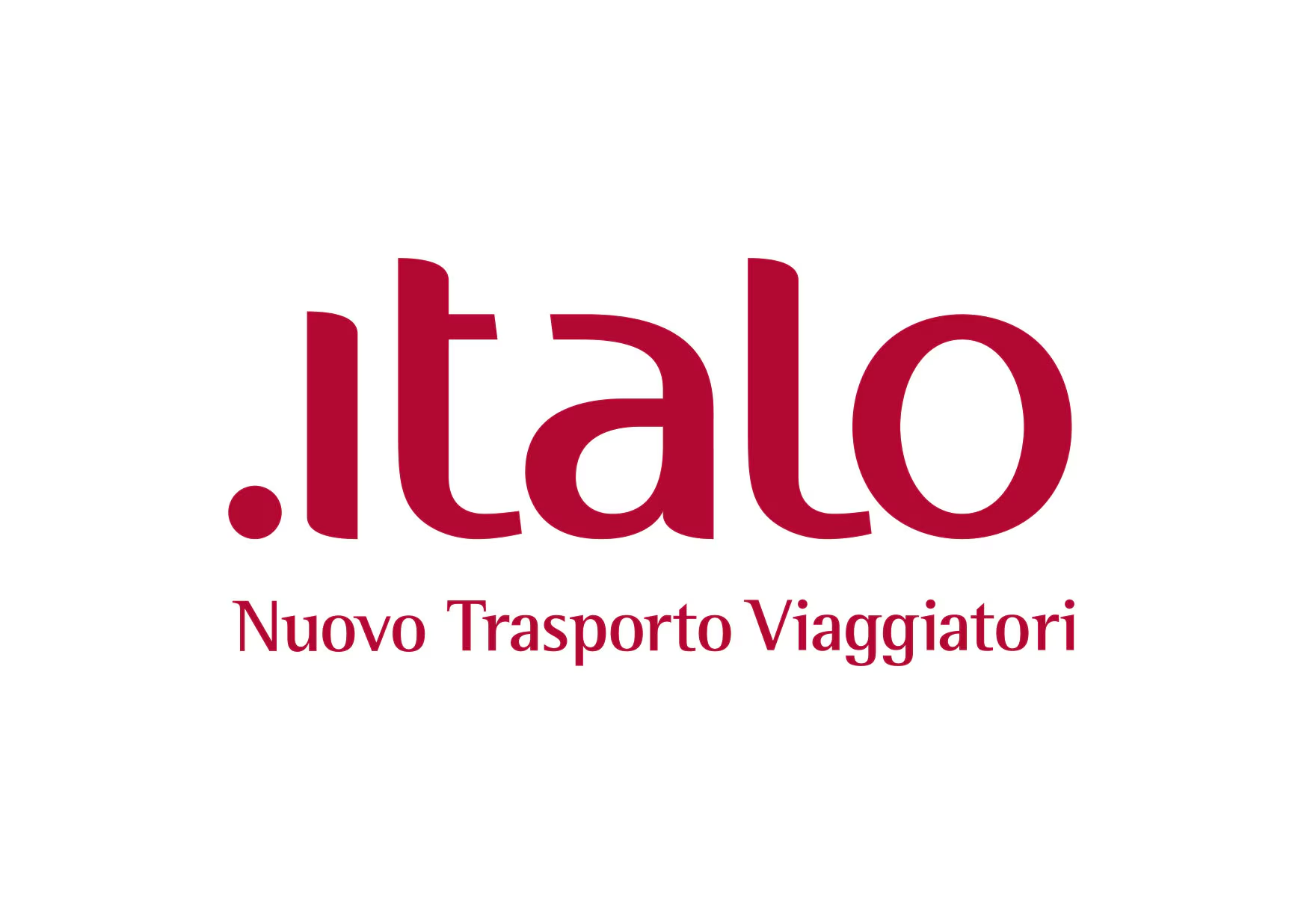
You can buy train tickets directly from the operator or through a reseller. The reseller is typically slightly more expensive (3-5%) but can provide an easier booking experience, especially if you travel with more than one operator.


These operators provide a complete journey either as a direct connection or through their partners. Even if a change of trains is involved, it’s all part of a single itinerary managed by the same train company or its partners, offering a smoother and more coordinated travel experience.

Some operators don’t run direct trains the whole way, but they serve either the departure or arrival station. In many cases, you can combine two of these operators to complete your journey by changing trains along the way. This is often a flexible and budget-friendly way to travel — especially if you’re comfortable piecing together your own itinerary.
Just keep in mind that these are separate journeys, which means a delay on the first leg could cause you to miss the second without automatic compensation or rebooking. It’s a great option for confident travelers who don’t mind a bit of extra planning.




Flixbus is primarily known as a long-distance bus operator rather than a traditional rail service provider. However, they have ventured into rail transport through their subsidiary, FlixTrain, primarily offering services in Germany and select routes in Europe. Their model combines affordable travel with essential amenities. FlixTrain typically uses refurbished carriages equipped with modern comforts, including Wi-Fi access, power outlets, and generous luggage space. The seating is generally comfortable, designed to enhance long-distance travel ease. FlixTrain focuses on simplicity and efficiency, offering a straightforward booking process mainly managed through their online platform or app, often highlighting budget-friendly tickets. They emphasize customer support through digital channels, including a responsive support team accessible via email or in-app chat. However, unlike traditional rail operators, their customer service may not provide in-person assistance at stations, so travelers are encouraged to prepare and anticipate their travel needs before boarding. FlixTrain does not currently operate a route between Venice and Vienna, nor should it be confused with high-speed or luxury train services. Nonetheless, Flixbus often connects travelers to rail hubs where they can transfer to trains operated by traditional rail companies like ÖBB or Trenitalia for reaching Vienna from Venice, offering an intermodal travel solution more than direct train service.
For a journey by train from Venice to Vienna, the Interrail Global Pass is valid for residents of the EU traveling through different countries, such as from Italy to Austria. However, the Interrail One Country Pass would not be applicable for this journey, as it applies to travel within one specific country. The Eurail Pass is valid for non-EU residents traveling between different countries in Europe, including the route from Venice in Italy to Vienna in Austria.
Upon arriving in Vienna by train, you will find yourself well connected to the city’s local transportation network. The Vienna U-Bahn is a rapid transit system with five lines that efficiently cater to various parts of the city. Each station is clearly marked, and trains run frequently, especially during peak hours. Purchasing a ticket is straightforward, with options available at automated machines in every station.
Trams are another iconic and accessible option for getting around Vienna. They offer an excellent way to see the city from above ground while navigating through both the central districts and suburban areas. Tram stops are abundant and well-marked, with information about the routes and destinations prominently displayed.
The S-Bahn, or suburban train network, complements the metro service by covering broader areas, including the outskirts of Vienna. It’s particularly useful if you plan to explore beyond the city center. Tickets for the S-Bahn are generally integrated with those for the U-Bahn and buses, simplifying transfers between modes.
Buses can be a convenient alternative, especially for destinations not directly served by tram or metro. Vienna’s bus network is extensive, providing coverage throughout the city. Bus stops are easy to locate and have clear timetables and route maps.
For more personalized travel, taxis are readily available across Vienna. You can hail them on the street, find them at designated taxi stands, or book through mobile apps. Taxis are a comfortable way to travel, particularly if you’re carrying luggage or traveling late at night.
Ridesharing services, such as Uber, also operate in Vienna, offering a modern alternative to traditional taxis. These services can be accessed via their respective mobile apps, providing the convenience of cashless payment and estimated fare calculation.
Public transportation in Vienna operates under the Wiener Linien system, which offers various options for ticket purchases, be it single ride tickets, day passes, or longer-term options. The Vienna City Card or travel passes like the 24, 48, or 72-hour tickets can be good choices for visitors planning to explore extensively.
Vienna serves as a central hub for both domestic and international rail connections. Domestically, one of the most frequent and popular train routes is from Vienna to Salzburg. High-speed Railjet services run regularly, offering a comfortable journey across Austria, typically taking around 2.5 to 3 hours. Other key domestic routes include trains to Graz and Linz, both easily accessible with direct connections from Vienna’s main train stations.
Internationally, Vienna is well-connected to key European cities. The Railjet also provides direct services to Munich, with a travel time of approximately 4 hours. Another significant international route is the train from Vienna to Budapest, Hungary, which takes about 2.5 hours via direct ÖBB EuroCity services. For those traveling to the Czech Republic, there is a direct railway line from Vienna to Prague, taking around 4 hours. Vienna to Bratislava, Slovakia, is one of the shortest international routes, with frequent local and regional trains taking about an hour.
For long-distance travel, Vienna is connected to Berlin through direct ÖBB Nightjet services as well as daytime EuroCity trains, with the journey typically taking around 8 to 9 hours. For those interested in traveling to Italy, the Nightjet service connects Vienna to major Italian cities like Venice, Rome, and Florence, offering an overnight journey. These connections make Vienna a pivotal point for train travel across Europe.
The best time to visit Vienna largely depends on your preferences, but generally, the months from April to June and September to October are ideal. During these periods, the weather is pleasant, with mild temperatures and fewer crowds compared to the peak summer months. In spring, the city’s gardens and parks are in full bloom, offering a picturesque backdrop for exploring the city. Fall also offers a pleasant climate for outdoor activities and sightseeing.
Arriving by train might provide some cost savings as it avoids the busy airport during peak travel seasons. From a budget perspective, these shoulder seasons can also be quite economical as hotel prices tend to be lower than in summer.
For those interested in cultural festivals, early summer hosts plenty of outdoor events and music festivals, such as the Vienna Jazz Festival. Autumn is ideal for taking part in Vienna’s Wine Hiking Day, offering a blend of beautiful scenery and local wine tasting.
Alternatively, if you don’t mind the cold, December is magical with festive Christmas markets, twinkling lights, and the chance to experience the city in its winter wonderland glory. However, keep in mind that it’s a popular time for tourists, so prices may peak, especially around Christmas and New Year.
Taking these factors into account, visiting in either spring or fall generally provides the best balance of favorable weather, fewer tourists, and reasonable prices, all while offering rich cultural experiences.
When traveling from Venice to Vienna by train, it is important to pack your passport or national ID as a travel document if you’re a citizen of the European Union, or a valid passport for non-EU travelers, and any visa documentation if you are required to have it. Bring a map or navigation app for exploring Vienna, along with a printed or digital copy of your train ticket. Carry comfortable clothing for the journey and for the weather in Vienna, as well as a portable charger and a plug adapter if necessary, since Austria uses Type F sockets, compatible with C and E plugs. Include a power bank to keep your devices charged during the trip. Have some reading material or entertainment for the train ride, headphones for privacy, and snacks or water. Pack toiletries, medications, and a reusable water bottle. Don’t forget your accommodation booking confirmation, travel insurance documents, and any currency or credit cards required for Austria. Ensure you have a small backpack or daypack for day outings in Vienna.